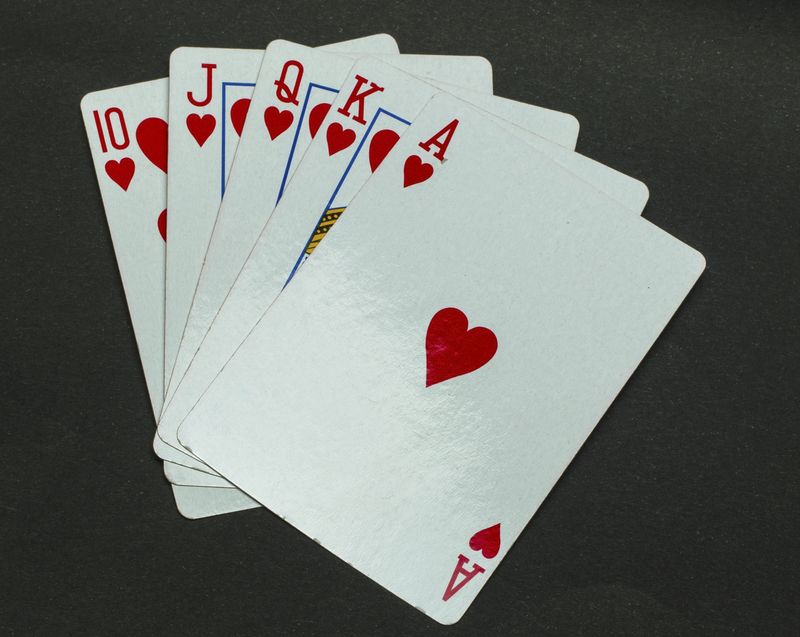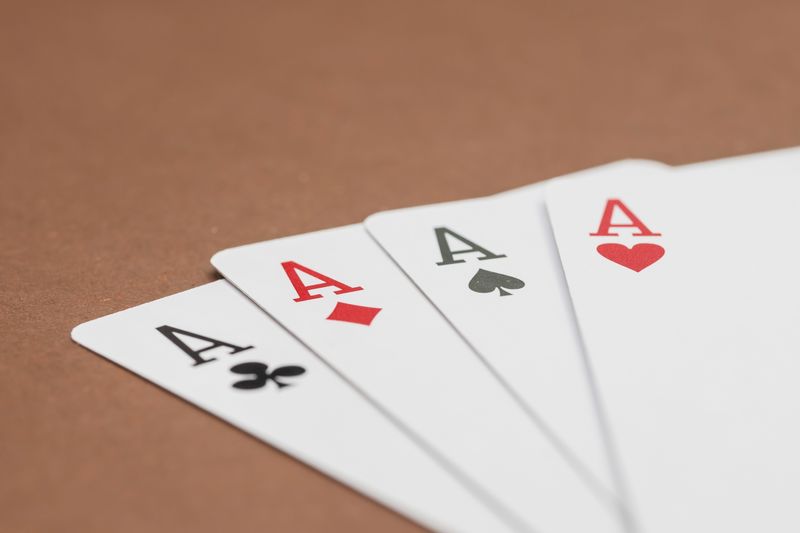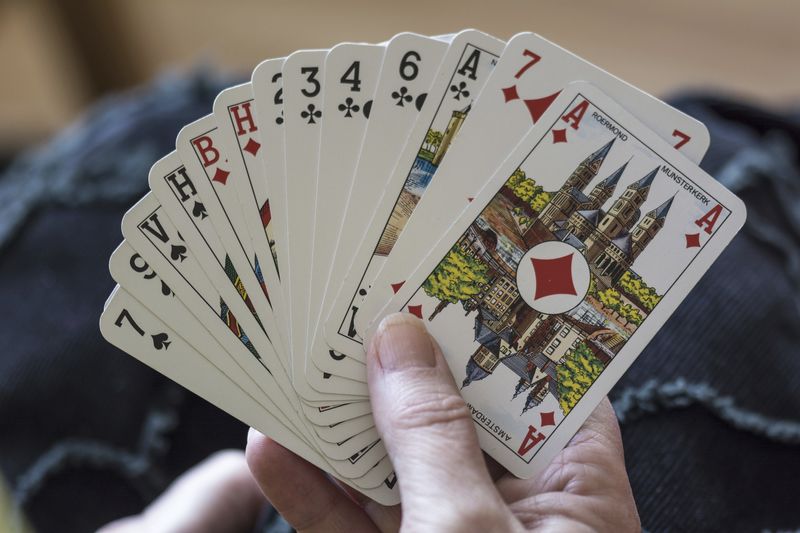When playing, a poker player aims to outwit and outplay their opponents to win big. This can be done by making your opponents uncertain about what you’re holding or your next move. This article will explore highly effective ways to keep your opponents guessing what you are holding.

Mix Your C-Betting Strategy
Many players tend to bet their top-pair hands almost whenever facing a skilled opponent. However, it’s essential also to have a checking range in this situation.
For example, let’s say you have KcQs and raise pre-flop, then get one caller, and the flop reveals Qd6c2s. Continuously betting on this flop makes your game predictable, which poker pro players can easily exploit.
In contrast, occasionally checking back or check-calling with this hand can confuse your opponent and prompt them to bluff or pay off your value bets on later streets. This unpredictability will make it difficult for skilled players to discern your strategy and exploit your betting patterns.
Block Betting
Block betting involves making a small bet out of position with a fair-to-middling hand. This is done to avoid calling a large bet if the opponent bets and to extract value from the hand. However, relying solely on this strategy can be dangerous, so it should be mixed with other strategies.
Players should also use block betting with stronger hands that they would like to bet bigger. A typical block bet is usually around 10-20% of the pot size and is commonly used with hands such as the middle pair. This move aims to maintain some hand control and potentially confuse the opponent.

Cold Four-Betting
In modern poker, the game has become increasingly aggressive at all levels, making it essential for players to incorporate bold strategies into their gameplay. Cold four-betting is a technique used to demonstrate to the table that you won’t sit passively, waiting for premium hands, and that you’re aware of your opponents’ tendency to raise with weak hands.
Traditionally, players would only four-bet with premium hands like AA, KK, and perhaps AK from a loose player. However, in today’s game, there are more effective strategies. If you struggle to get good hands at a loose table, try incorporating a wider range of hands into your four-betting range, including big-suited connectors or weak cards.
By implementing this strategy, you can raise the game’s intensity level, forcing your opponents to make mistakes. If you notice your opponents tightening their gameplay due to your four-bets, consider adjusting your gameplay accordingly.
Incorporate Barrel With Wide Ranges
At lower stakes, many players have a transparent pattern of betting post-flop, which includes only continuing betting on the turn with an extremely strong range of hands like overpairs, monster draws, or two-pair hands. However, this approach makes them easy to play against.
To avoid this, you should occasionally start incorporating semi-bluff barrels with hands like two overcards, an inside straight draw, or even a bottom pair, mixing in a few bluffs with your strong hands.
While you don’t need to do this frequently, having at least a small part of your barreling range as a bluff can make you much harder to play against.

Float the Flop
Another effective technique to counter c-bets is flop floating. This involves making a semi-bluff play by calling your opponent’s c-bet on the flop to take the pot away from them on the turn with a bet or re-raise, regardless of your hand strength.
Many players make c-bets with a wide range of cards on the flop, such as overcards, small pairs, and suited connectors, hoping to force their opponents to fold if they miss the flop. Floating the flop and then betting or raising on the turn can make it difficult for your opponent to continue with the hand unless they have a strong holding.
Incorporating this strategy into your gameplay also puts pressure on your opponent and forces them to consider whether or not to continue making c-bets in future hands.
Overbet
Overbetting is a strategy in poker where a player bets more than the pot on the river. This is useful because, in no-limit poker, you cannot limit how much of an opponent’s stack you can win. Overbetting is another option if you believe your opponent will fold to a small value bet, but an all-in shove seems too much.
For example, if you suspect your opponent has a weak hand, you can increase the stakes a little and make them think you have a stronger hand than you do. This can lead to hero calls and more profits for you. Against tighter players, overbet your bluffs and bet your big hands normally. The benefit of overbetting is that it confuses your opponent and puts them in a non-standard situation, causing them to respond weakly.
Avoid Giving Tells
To avoid giving away any tells to professional poker players, be aware of timing tells and work on eliminating them. This is particularly important when playing online poker. Timing tells can include betting too quickly with average hands or draws.
By acting quickly, you signal your opponent that you have a weak hand. This is because players with stronger hands or bluffs tend to take more time considering their decisions. To avoid giving away information about the strength of your hand, take the same amount of time to act, regardless of your hand strength.
For example, if you typically take three seconds to make a decision, take that same amount of time to consider your options, whether you have a strong hand, a mediocre hand, or a bluff. By standardizing your decision-making time, you can avoid giving away any timing tells that could be used against you.
Conclusion
Implementing strategies to confuse even the best poker players can lead to bigger profits in the long run. Challenge your opponent at the poker table by incorporating various techniques, such as mixing up your betting patterns, using bluffs, and avoiding timing tells. It is important to remember that these strategies should be used selectively and mixed with other techniques to maximize their effectiveness.